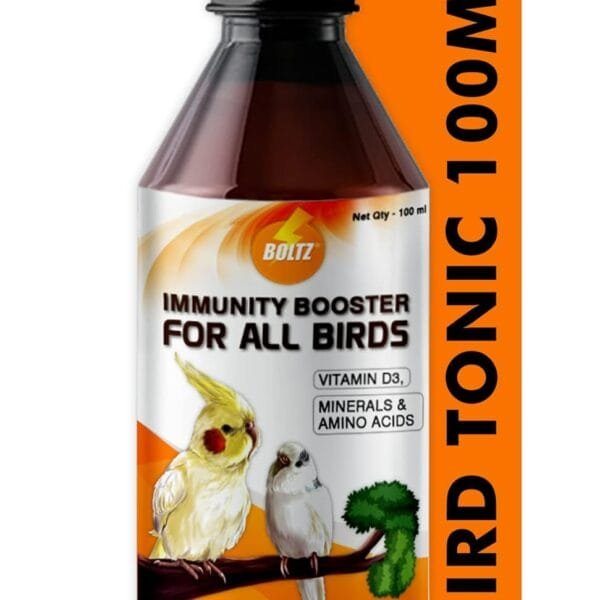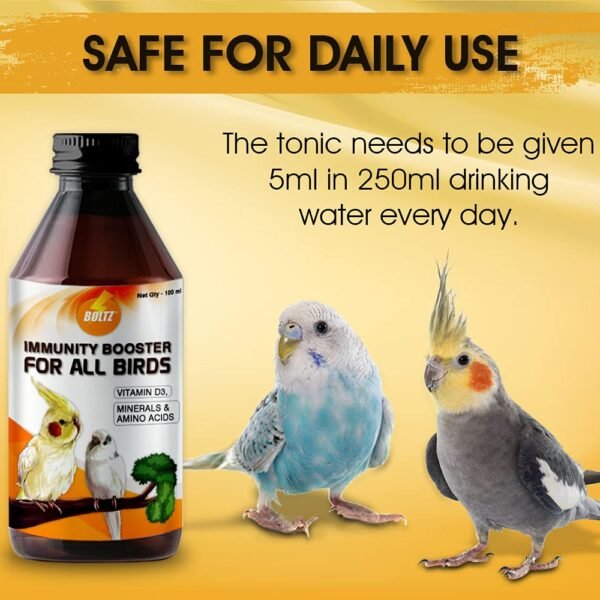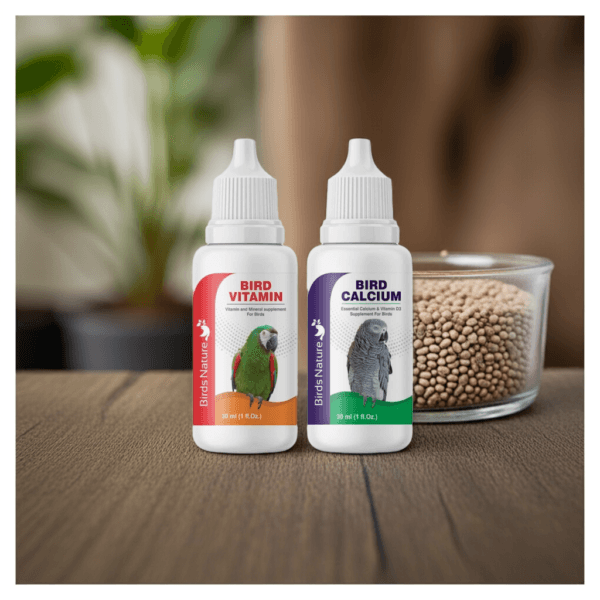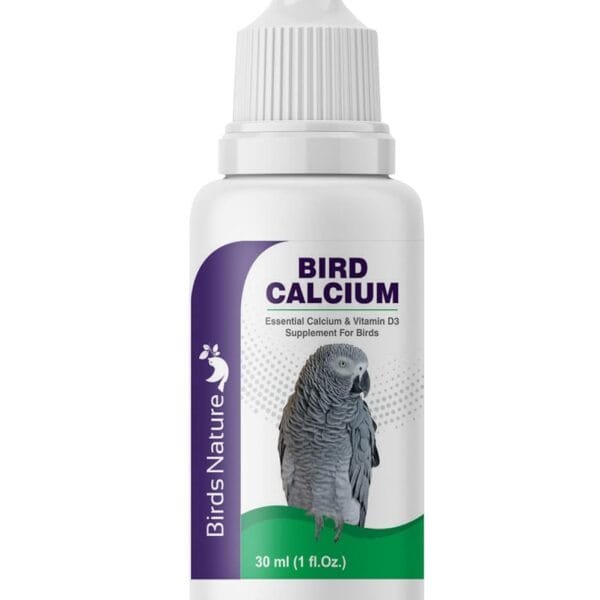Lineolated Parakeet
About Lineolated Parakeets:
Often called “Linnies,” these petite parakeets (Bolborhynchus lineola) are the hidden gems of the parrot world. Measuring just 6-7 inches long, their subdued green plumage (with delicate black striping) and quiet, sweet-natured personalities make them ideal for apartment living. Unlike their louder parakeet cousins, Linnies prefer climbing and shuffling to flying, displaying an almost mouse-like locomotion. Their soft chirps and exceptional talking ability (with clear, human-like voices) endear them to owners seeking a gentle, intelligent companion. Native to Central American cloud forests, they thrive in pairs or small flocks and enjoy bathing daily.
| ESSENTIAL FACTS | |
|---|---|
| Scientific Name | Bolborhynchus lineola |
| Size/Weight | 6-7 inches | 45-60g |
| Lifespan | 10-15 years (up to 20 in captivity) |
| Native Range | Cloud forests of Mexico to Panama |
| IDENTIFICATION | |
| Wild Colors | • Moss-green body • Black “barred” markings on wings/back • Turquoise underwing feathers |
| Color Mutations | • Cobalt blue • Turquoise • Lutino (yellow) • Creamino |
| Sex Differences | Males have darker barring; females show faint or no barring on heads |
| DIET | |
| Base Diet | 50% small pellets, 30% vegetables, 20% seeds/fruits |
| Favorite Foods | • Millet sprays • Dandelion greens • Blueberries • Sprouted seeds |
| Avoid | Avocado, chocolate, caffeine, iceberg lettuce |
| HOUSING | |
| Cage Size | Minimum 24″W × 18″D × 24″H (bar spacing: 1/2″) |
| Must-Haves | • Horizontal bars for climbing • Multiple platform perches • Shallow bathing dish (daily) |
| Toys | • Softwood blocks • Leather strips • Foraging mats |
| BEHAVIOR | |
| Personality | • Gentle and shy • Excellent talkers (clear diction) • Prefers climbing over flying |
| Unique Traits | • “Anting” behavior (rubbing insects on feathers) • Sleeps horizontally on perches • Rarely bites |
| Social Needs | 1-2 hours interaction daily (do well in pairs) |
Did You Know?
Linnies are one of the few parrot species that naturally “ant” – they rub insects on their feathers to spread natural chemicals. In captivity, they may mimic this behavior with food items!
Care Tip:
Provide flat perches or platforms – Lineolated Parakeets prefer sleeping stretched out horizontally rather than perched upright like most birds.
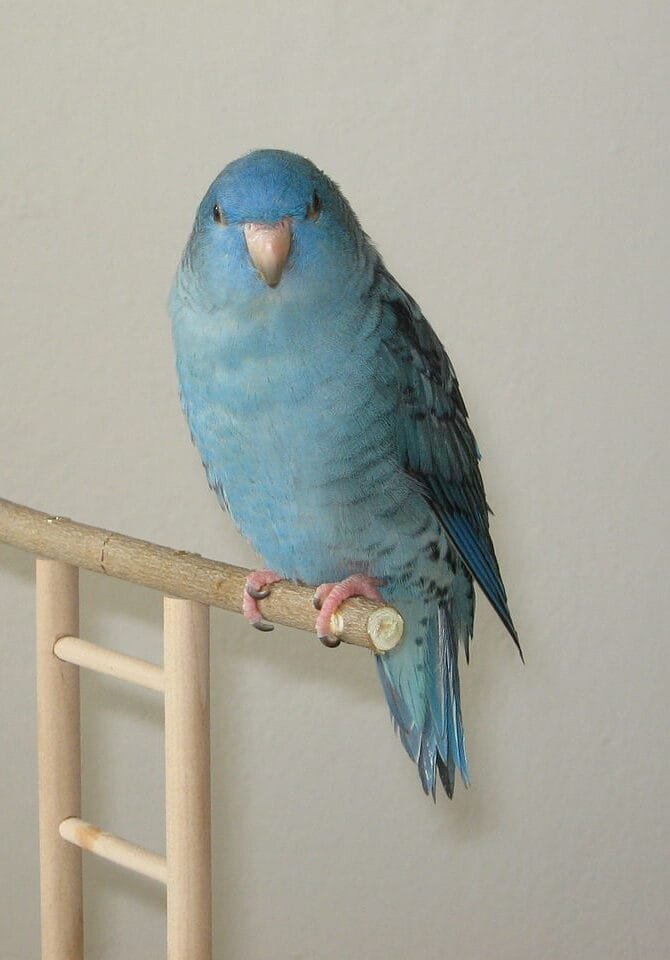
Showing all 3 results
Showing all 3 results
Lineolated Parakeet Care Schedule
These gentle, ground-loving parakeets thrive on routine and environmental enrichment. Their unique behaviors – like horizontal sleeping and “anting” motions – require specialized care. Follow this schedule to keep your Linnie healthy and stimulated.
| DAILY CARE ESSENTIALS | ||
|---|---|---|
| Morning Routine | • Fresh water (changed 2x daily in shallow dishes) • Breakfast: 1 tsp small pellets + leafy greens • 10-minute training session (best during morning activity peak) | ⏱️ 20 min |
| Evening Routine | • Offer bathing dish (room temperature water) • Ground foraging time (scatter seeds on cage floor) • Check sleeping perch (ensure flat surface available) | ⏱️ 30 min |
| WEEKLY CARE TASKS | ||
| Cage Maintenance | • Replace cage liner (Linnies love to shuffle through it) • Scrub platforms/flat perches • Disinfect bathing dishes | ⏱️ 40 min |
| Enrichment Update | • Rotate 3-4 softwood chew toys • Refresh foraging mats with new textures • Rearrange climbing ropes | ⏱️ 25 min |
| MONTHLY CARE CHECKLIST | ||
| Health Check | • Weigh bird (healthy range: 45-60g) • Inspect feet for bumblefoot (from flat perches) • Check beak for overgrowth | ⏱️ 20 min |
| Environment Refresh | • Replace all chewable items (wood blocks, mats) • Deep clean play gyms • Check humidity levels (aim for 50-60%) | ⏱️ 1.5 hours |
Linnie-Specific Care Tips:
- Daily: Provide crinkly paper for “anting” behavior – they’ll rub it through their feathers like wild birds do with insects.
- Weekly: Use shallow food dishes – Linnies prefer eating at ground level and may ignore elevated bowls.
- Monthly: Trim flight feathers only if necessary – they’re poor fliers but need some lift for safe climbing.
Why This Routine Works:
Lineolated Parakeets are crepuscular (most active dawn/dusk) and ground foragers by nature. This schedule accommodates their unique biology with flat perches for horizontal sleeping, ground-level activities, and bathing opportunities that mimic their cloud forest habitat. The weekly cage liner changes prevent bacterial growth from their ground-foraging habits, while monthly weight checks help detect health issues early in these small birds.
Warning Signs:
⚠️ Contact an avian vet if: Your Linnie stops climbing, shows reduced “anting” behavior, or develops abnormal droppings (common sign of health issues in small parrots).

